Solarpunk disaster?
Does the failure of Disney’s ‘solarpunk movie’ mean our genre is doomed to remain niche?
With its strong environmental message, diverse representation and multimillion-dollar budget, many thought Disney’s 2022 film Strange World would take solarpunk mainstream. That hope was short-lived.
This film did so poorly it is estimated to have lost Disney $197 million. This made it the worst performing film of 2022 and one of the biggest box office flops of all time.
Does this disastrous commercial performance mean that solarpunk will never reach a wider audience? Will it always be fringe? We explore the film and look at some of the explanations for why it did so badly to find out.
The rest of this piece contains big plot spoilers. You might want to pause here and watch the film before continuing.
Strange World follows the Clade family in the fantasy mountain kingdom of Avalonia which has an old style rural economy. Searcher Clade, son of the famous explorer Jaeger Clade, discovers a bioelectric plant called Pando.
Over the following years Pando powers a technological revolution mechanising much of their society. However the plants are starting to die off and so are losing their ability to fuel the mechanised way of life Avalonians have become accustomed to.
Our protagonists set off on a quest to go beyond the seemingly impenetrable mountains that surround Avalonia to discover the root source of the Pando power problem.
After some trials and challenges they ultimately discover they are all living on the back of a continent-sized turtle, swimming across the surface of their planet.
They find to their dismay Pando is actually a virus-like weed which is killing the massive creature they live on. Instead of trying to save the energy source they have come to rely on they destroy it leading to a big shift in Avalonia’s whole way of life.
The environmental themes and metaphor for transitioning away from fossil fuels are clear, as is the film's intent to promote diversity and inclusion.
Strange World features Disney's first openly gay animated character, a wide array of ethnicities and even a dog with three legs. With this combination of sustainability and social justice you can see why people described this as a solarpunky film.
In terms of our solarpunk story axis Strange World is firmly on the fantastical side. It’s not set on Earth or even in our universe. With some action, adventure and one character even getting killed it’s mildly thrilling too.
Other reasons people have said it’s from our genre is because of a scene that channels one aspect of the Happy shade of solarpunk. Three generations of the Clade’s sit down to play a cooperative resource game, like Daybreak. The youngest member of the family, the teenage Diazo Clade, struggles to explain to his father and grandfather there no enemies to destroy in the game.
So why was Strange World such a flop?
The reasons given for the film's poor performance vary. One explanation is that its openly gay main character limited marketing opportunities in countries that ban such representation.
Another is that in spite of its promotional budget of $90 million it wasn’t marketed well. Others included it being released on the same weekend as Wakanda Forever and that Disney was showing films on their streaming platform rapidly after movie theater debuts, which didn’t encourage people to stump up for a cinema ticket.
The Dis-Order podcast explored the idea that Disney executives wanted to mothball the company’s animation studios. The theory put forward is they purposefully sacrificed this film to support their case for axing that part of the business.
One of the most popular explanations was Strange World’s story was very uneven and lacked the emotional connection which many other Disney films have done so well. Its main characters were bland and there wasn’t enough of a journey for them to go on as people in the film.
One of the hosts of the Dis-Order podcast makes the case that Disney execs saw these fundamental story flaws with the film when it was too late to redo it. They decided not to compound their losses by wasting money marketing on what they felt wasn’t a very good film.
While I personally enjoy Strange World for its solarpunky overtones I feel this criticism of the characters and the story is fair. Other recent Disney film’s like Soul moved me to tears and Wakanda Forever had a much more compelling story and characters. If not for its associations with solarpunk I wouldn’t rush to watch Strange World again.
Strange World may yet prove to be a sleeper hit like some of Disney’s other box office bombs, like Treasure Planet and Atlantis, but signs are so far this is unlikely.
So it would seem that Strange World’s failure doesn’t mean our genre is doomed to remain marginal. One of the lessons from it is that if solarpunk is going to reach a wider audience it needs to not just champion the environment and social justice. It also needs great stories well told.
What do you think?
Have you seen Strange World? What did you think of it? Why do you believe it flopped? Do you want to see solarpunk reach a wider audience with a big movie? Or do you think it should stay niche? Let us know in the comments below.
Build solarpunk
The main way this substack grows is people like you sharing it. Help bring a deliciously sustainable future a little closer by passing this on to anyone you think might enjoy a dose of inspiration.
See you in the sunshine,
Alex Holland
Founder, SolarPunk Stories

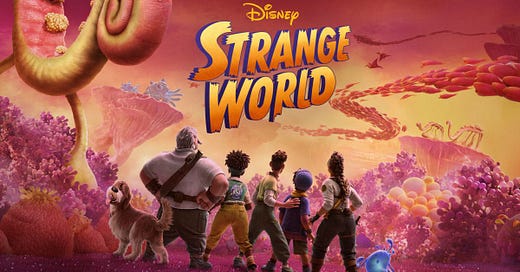




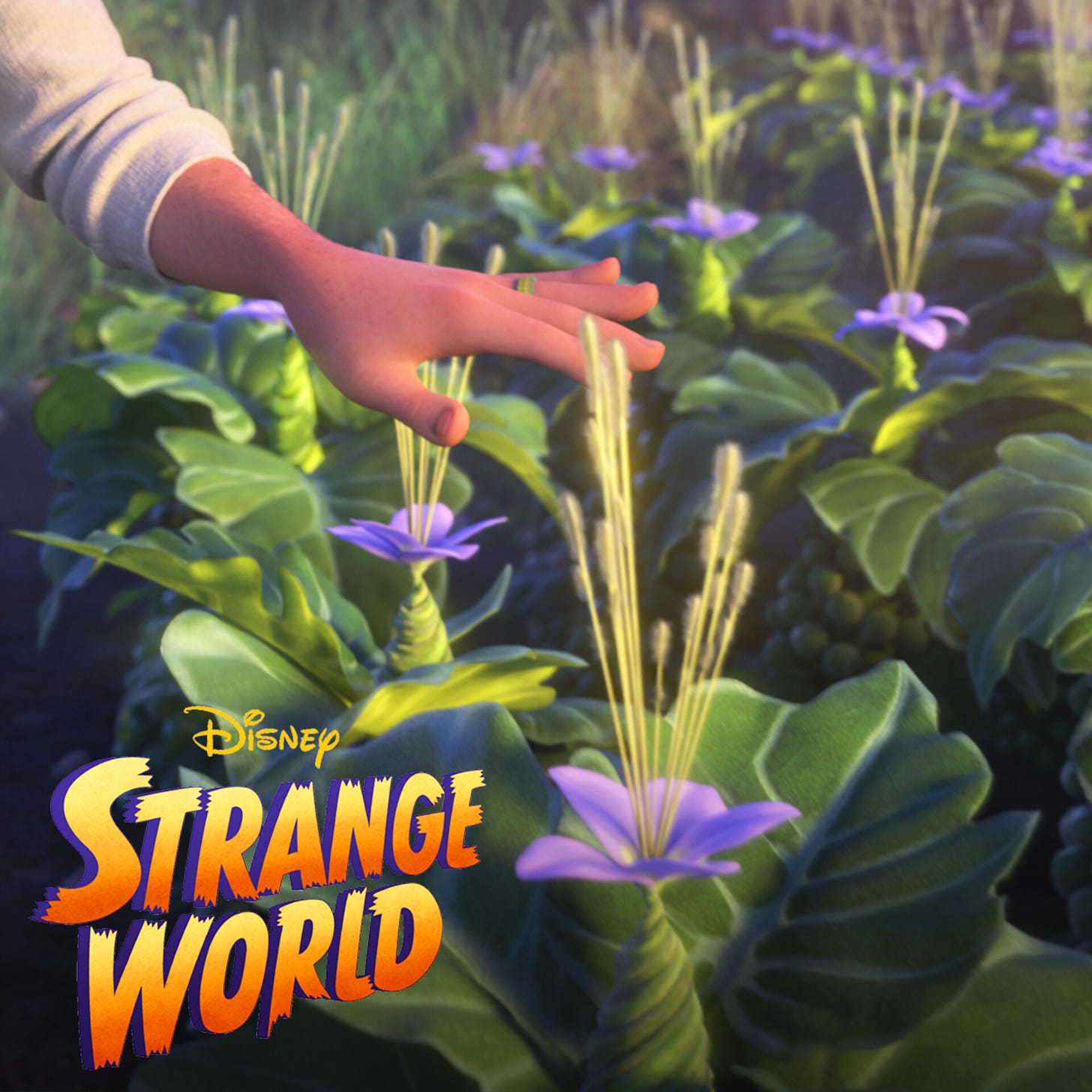

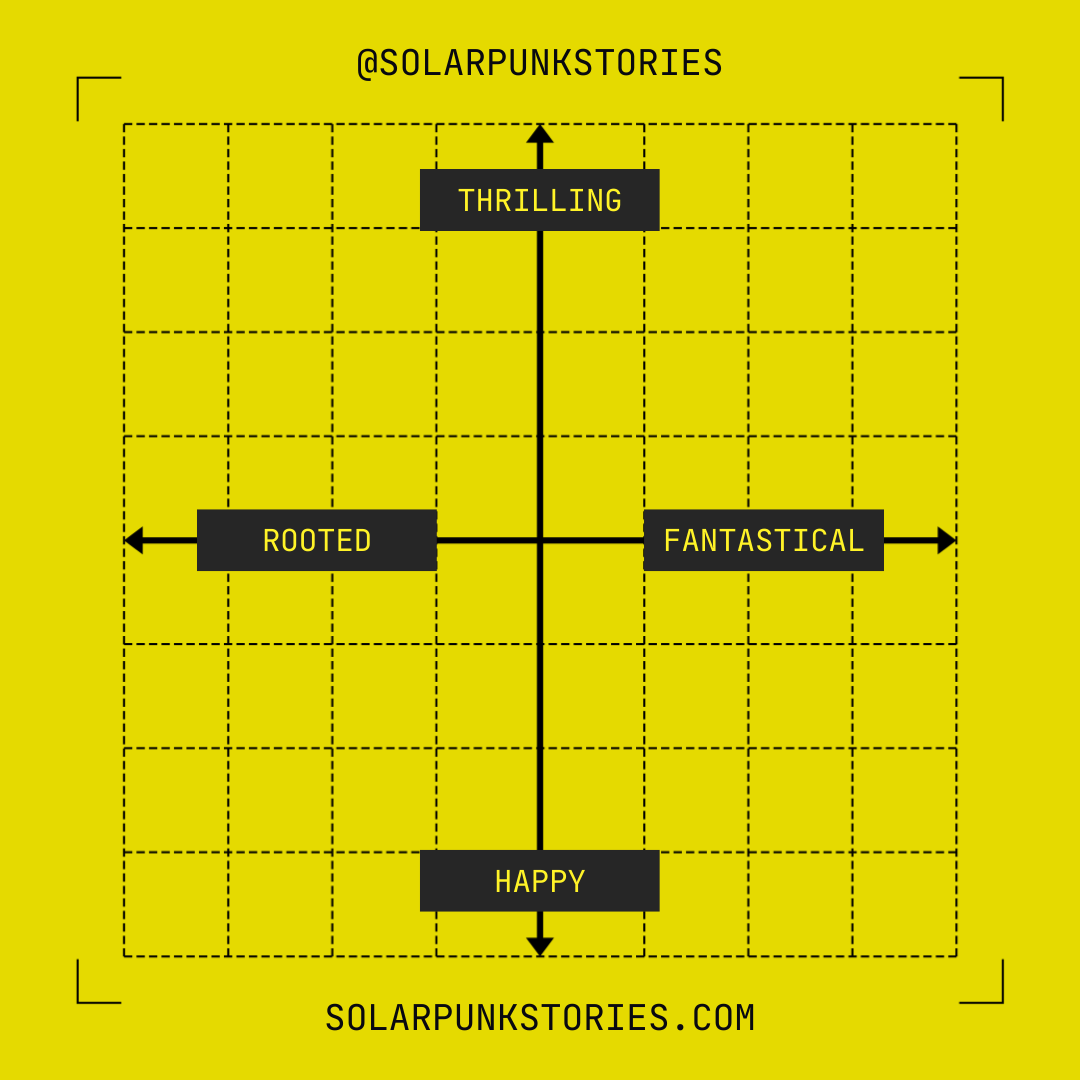
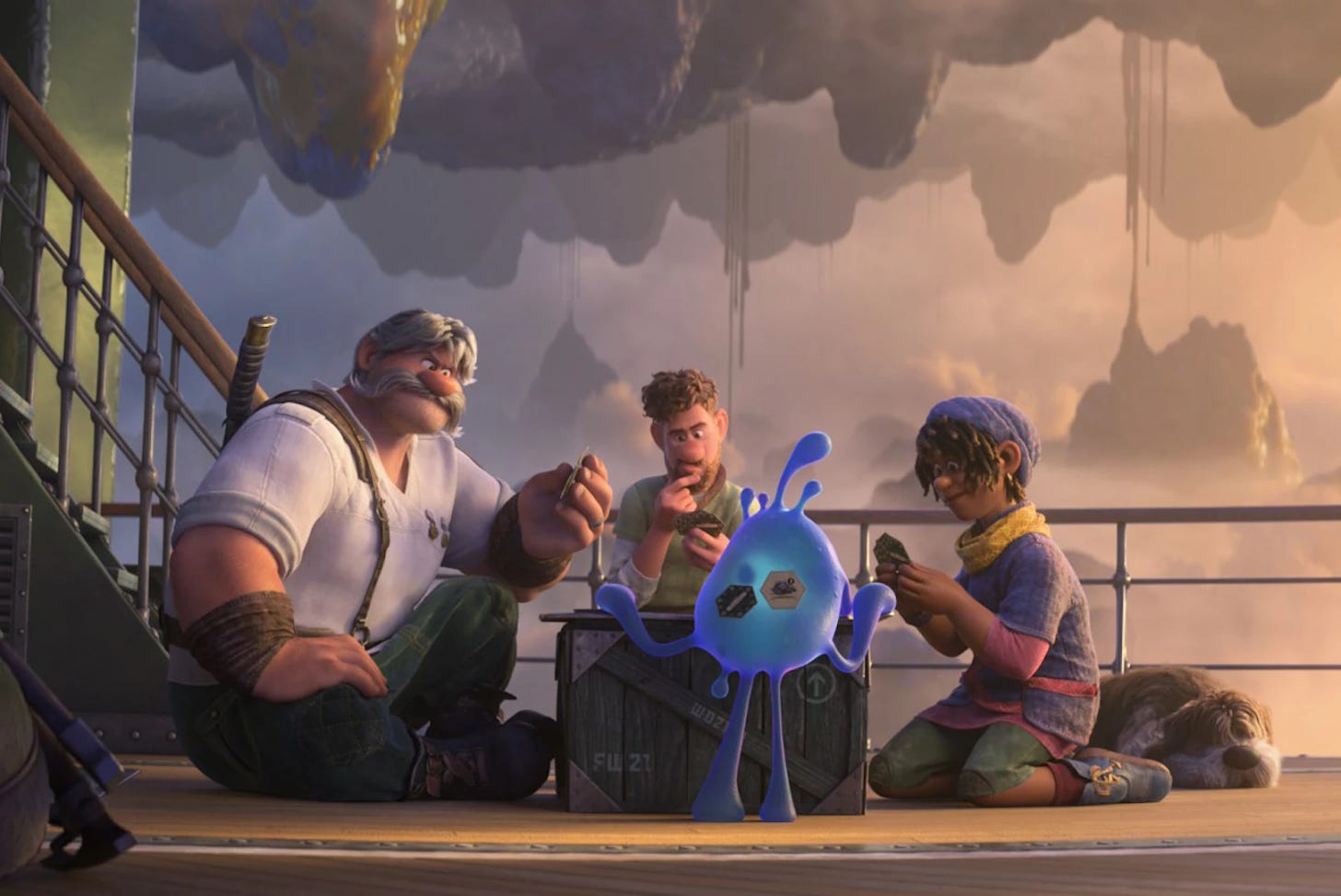

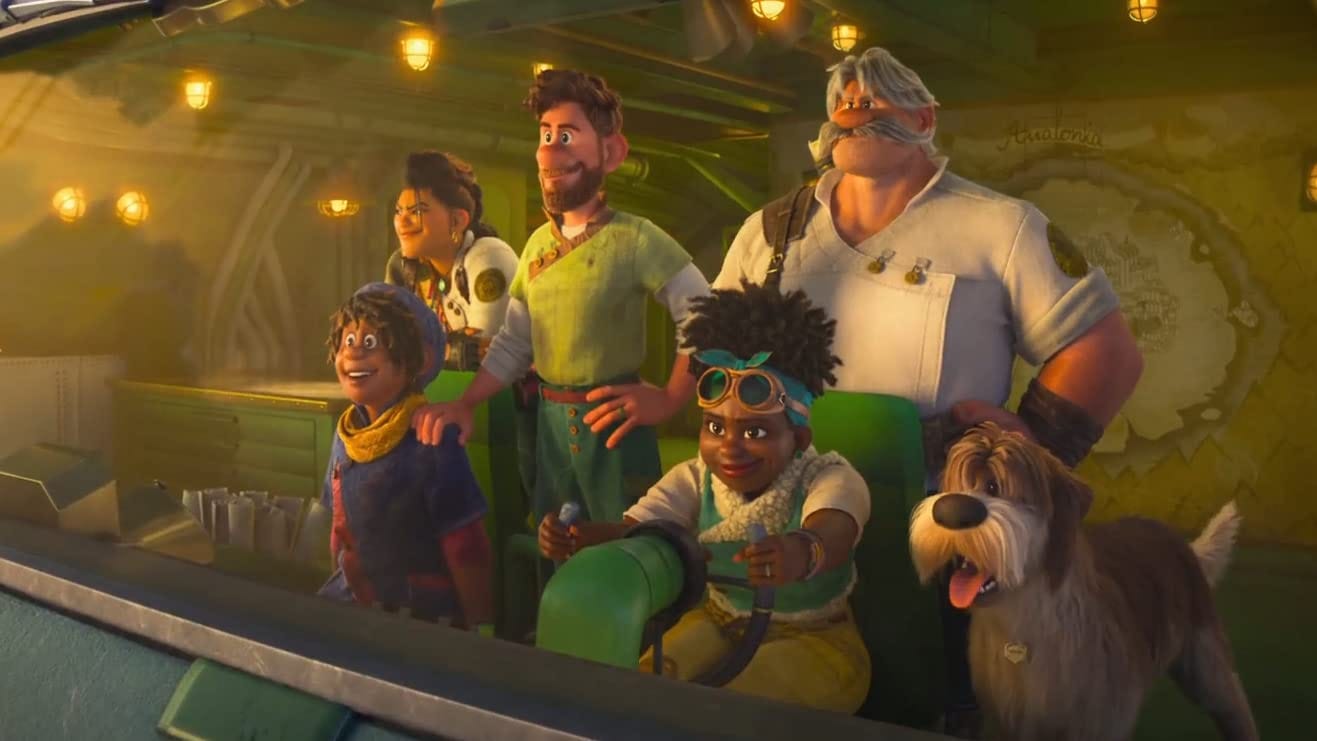
I’ve never heard of it! I’ll keep an eye out, thanks!
Now I want to see it! Thanks.